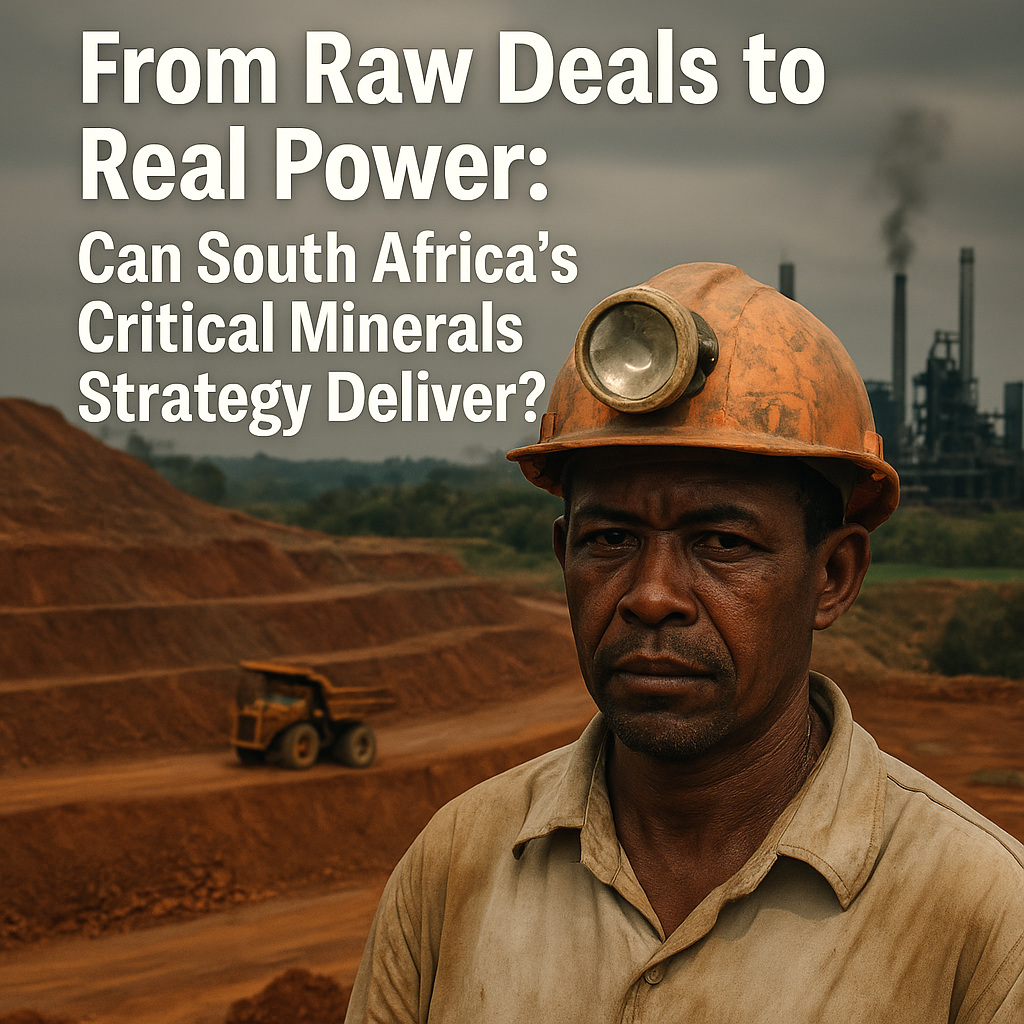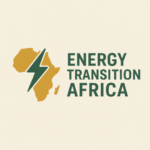South Africa has just made a bold move. Its newly unveiled Critical Minerals Strategy signals a shift from being a raw material supplier to a regional powerhouse in mineral beneficiation and green industrialisation. But is this a genuine turning point for Africa’s mineral sovereignty, or just another glossy promise?
Cracking the Cycle of Extraction
For decades, Africa’s critical minerals, cobalt, lithium, manganese, and rare earths, have been dug up and shipped abroad, fueling global industries while leaving local economies stuck in low-value activities. South Africa’s plan, launched last week, aims to change that.
The strategy calls for local processing and value addition, incentives for downstream industries, and regional cooperation to enhance Africa’s bargaining power. According to the South African Department of Mineral Resources and Energy (DMRE), this move could add billions to the economy and create thousands of jobs.
Industrial Ambitions Meet Hard Realities
But ambition alone won’t guarantee results. South Africa’s manufacturing base has struggled for years, burdened by inconsistent policy, power cuts, and global competition. The strategy must overcome these hurdles to truly empower local industry.
As highlighted in our previous post, “Fossil Fuel Freedom: Why Nigeria Must Ditch Oil to Secure Its Future”, Africa’s economic sovereignty depends on control over resources, not just extraction, but transformation.
The new strategy emphasises partnerships with local and international players to develop battery precursors, hydrogen technologies, and green manufacturing hubs. The Industrial Development Corporation (IDC) has pledged support, but success will depend on clear timelines, transparent governance, and genuine local participation.
Regional Implications: A Model for Africa?
If South Africa can make this strategy work, it could inspire other African countries to follow. Zimbabwe and Namibia have already introduced bans on raw lithium exports, aiming to build processing capacity at home. A collective African approach backed by the African Union’s Green Minerals Strategy could reshape the continent’s role in the global energy transition.
However, regional cooperation faces challenges: fragmented policies, infrastructure gaps, and competing national interests. Without alignment, African nations risk undercutting each other, offering concessions to foreign companies hungry for critical minerals.
The Global Context: A Race Against Time
The world’s appetite for critical minerals is insatiable. The International Energy Agency (IEA) predicts demand for minerals like lithium and cobalt will triple by 2040. China already dominates processing and refining, leaving Africa vulnerable to continued dependency.
South Africa’s strategy, if fully implemented, offers a rare chance to reverse this trend. But it must move fast, and inclusively.
Civil Society’s Role: From Watchdog to Partner
For the strategy to work, civil society must stay engaged. Transparency in contracts, environmental safeguards, and community benefits is non-negotiable. Groups like Publish What You Pay (PWYP) have long called for open governance in mining deals.
Our recent piece, “Green Goals, Grey Areas: The Politics of China–Africa Energy Relations”, exposed how opaque agreements can leave local communities behind. South Africa must do better.
Communities affected by mining must have a voice, not just as stakeholders, but as decision-makers shaping how these resources are used.
Conclusion: The Test of True Sovereignty
South Africa’s Critical Minerals Strategy is a statement of intent. It acknowledges that the old model—dig, ship, repeat—has failed to deliver sustainable prosperity. But a strategy is only as strong as its implementation.
For Africa, this could be a turning point. If South Africa shows that it’s possible to shift from extraction to empowerment, others may follow. If not, the continent risks remaining a warehouse for the world’s clean energy transition.
It’s time for bold moves and honest leadership. Because Africa’s minerals should power its future, not just everyone else’s.




Pingback: The Corridor of Promise: Can Lobito Deliver a New Path for Africa’s Minerals? - Energy Transition Africa Lobito Corridor: Will Africa’s New Mineral Railway Deliver Real
Pingback: Clean or Compromised? The Dirty Dilemma of Refining Africa’s Critical Minerals - Energy Transition Africa Clean or Compromised? The Dirty Dilemma of Refining Africa’s Critical Minerals
Pingback: Green Minerals, Grey Realities: Can Africa Avoid Another Resource Curse? - Energy Transition Africa Green Minerals, Grey Realities: Can Africa Avoid Another Resource Curse?